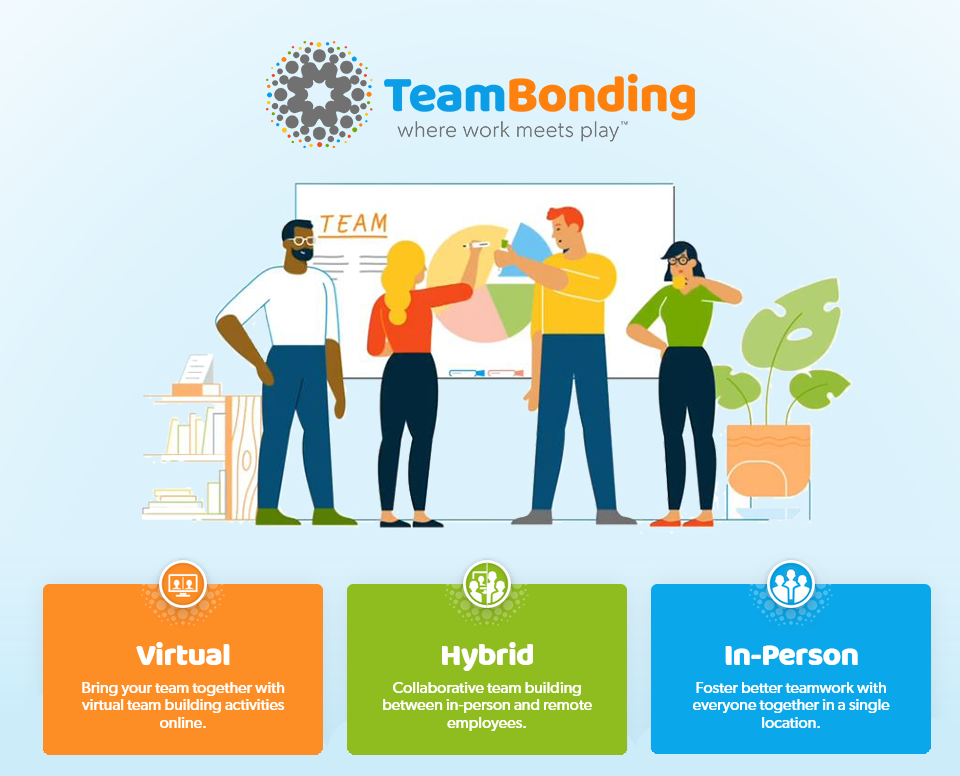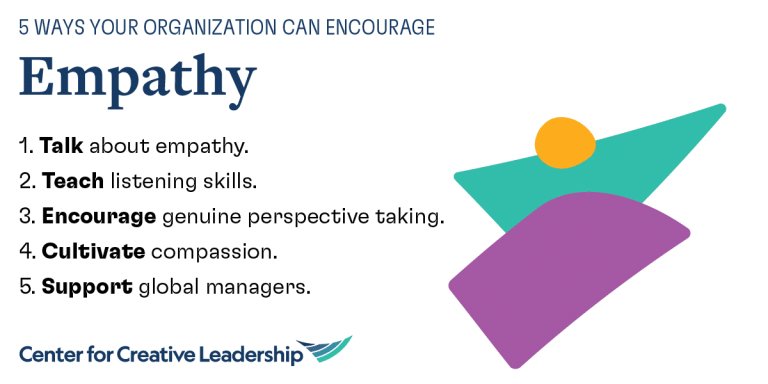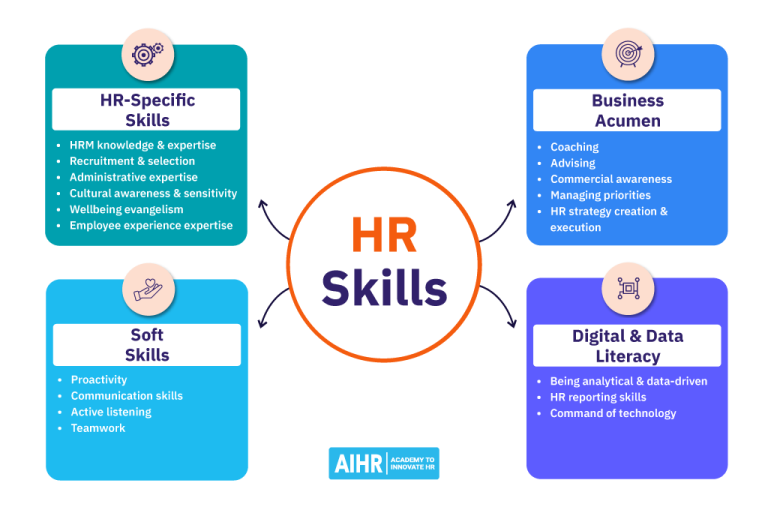Corporate Team Building Activities
Corporate team building activities foster collaboration, communication, and camaraderie among employees in a fun and engaging manner. Bringing together teams through various challenges, exercises, and games promotes better teamwork, improves trust, and enhances problem-solving skills.
These activities can range from outdoor adventures like scavenger hunts and obstacle courses to indoor exercises like escape rooms and team-building workshops. By participating in these activities, employees develop a sense of unity, motivation, and shared goals, resulting in increased productivity and overall job satisfaction.
Moreover, team-building activities also provide a platform for individuals to showcase their strengths, build leadership skills, and establish stronger interpersonal relationships within the workplace.
Why Corporate Team Building Is Important
Corporate team building activities are an essential aspect of creating a positive work environment and fostering collaboration among employees. By actively engaging in team-building exercises, companies can significantly enhance employee morale and enhance communication and collaboration, resulting in a more cohesive and productive workforce.
Boosting Employee Morale
Dull and monotonous work environments can lead to lower employee morale, which can result in decreased productivity and job satisfaction. Corporate team building activities play a vital role in boosting employee morale by injecting a sense of fun and excitement into the workplace. These activities create opportunities for employees to interact outside their usual roles and develop a sense of camaraderie. The increased morale not only improves job satisfaction but also leads to a more positive work atmosphere.
Enhancing Communication And Collaboration
Effective communication and collaboration are crucial for the success of any business. Team building activities provide an excellent platform for employees to overcome barriers and develop strong communication skills. These activities encourage open dialogue, active listening, and problem-solving, enabling team members to work together effectively. Improved communication and collaboration among team members not only fosters creativity but also enhances overall productivity and the quality of work delivered.

Credit: www.empoweradventures.com
Types Of Corporate Team Building Activities
Corporate team building activities play a crucial role in fostering a positive work environment and enhancing collaboration among employees. These activities not only promote better communication but also improve morale and productivity. Let’s explore different types of corporate team building activities that organizations can implement to strengthen their teams and achieve their goals.
Physical Activities
Physical team building activities are a great way to boost employee engagement and encourage teamwork. Through these activities, colleagues get a chance to bond, build trust, and improve communication skills while working together towards a common goal. Some popular physical team building activities include:
- Outdoor sports activities like soccer, basketball, or relay races
- Obstacle courses, where team members must work together to overcome challenges
- Team-based fitness challenges, such as group yoga sessions or boot camp workouts
Problem Solving Activities
Problem-solving team building activities are designed to enhance critical thinking, creativity, and decision-making skills. These activities require collaboration and strategic planning to resolve challenges and achieve desired outcomes. Incorporating problem-solving activities into corporate team building programs can have a profound impact on the team’s ability to solve complex problems effectively. Here are some examples of problem-solving team building activities:
- Escape room challenges, where teams must work together to decipher clues and solve puzzles to escape within a certain time limit
- Building challenges, such as constructing a tower using limited resources or completing a task with specific constraints
- Scavenger hunts, which involve solving clues and finding hidden objects to complete a mission or reach the final destination
By engaging in physical and problem-solving team building activities, organizations can foster stronger teamwork, improve employee morale, and create a positive work environment. These activities provide an opportunity for colleagues to collaborate, communicate, and learn from one another while having fun. When planning team building activities, it is important to consider the interests and preferences of the team members to ensure maximum participation and engagement.
Benefits Of Physical Team Building Activities
Physical team building activities offer numerous benefits that go beyond improving physical fitness. These activities are designed to bring employees together, build trust and camaraderie, and improve teamwork. By engaging in physical challenges as a team, employees can develop a sense of unity and collaboration that can have a lasting impact on their work performance and overall satisfaction. In this article, we will explore three key benefits of incorporating physical team building activities into your corporate culture: Improved Physical Fitness, Building Trust and Camaraderie.
Improved Physical Fitness
Engaging in physical team building activities can have a positive impact on the overall physical fitness of your employees. Whether it’s participating in a sports tournament, going on a hiking trip, or competing in a relay race, these activities provide an opportunity for employees to get active and increase their physical endurance.
A sedentary lifestyle and long hours at the desk can lead to a decline in physical health. Physical team building activities offer an effective way to combat this by encouraging employees to get up and move. Regular physical activity has been linked to improved cardiovascular health, increased stamina, and reduced risk of chronic diseases such as obesity and diabetes.
By incorporating physical team building activities into your organization’s routine, you can help your employees prioritize their physical well-being, leading to a healthier and more energized workforce. This, in turn, can have a positive impact on their productivity and overall job satisfaction.
Building Trust And Camaraderie
Physical team building activities provide an ideal platform for fostering trust and building camaraderie among employees. When individuals engage in challenging physical tasks together, they learn to rely on and support each other, creating a strong bond.
Through these activities, employees can develop a sense of trust, knowing they can depend on their teammates to achieve a common goal. This trust extends beyond the physical activity itself and can positively impact collaboration and cooperation in the workplace.
Moreover, physical team building activities create opportunities for employees to interact outside of their usual work environment. This can help break down barriers and foster stronger working relationships. By getting to know their colleagues on a personal level, employees are more likely to communicate effectively, share ideas, and work collaboratively, leading to improved teamwork and productivity.
In summary, physical team building activities not only promote improved physical fitness but also build trust and camaraderie among employees. By incorporating these activities into your company’s culture, you can create a healthier, more united workforce that is motivated to work together towards common goals.
Benefits Of Problem Solving Team Building Activities
Problem-solving team building activities offer numerous benefits for both employees and organizations. These engaging activities not only foster strong relationships among team members but also equip them with essential skills to solve complex problems in the workplace. Let’s delve into the advantages of incorporating problem-solving team building activities into corporate training programs.
Enhanced Problem-solving Skills
Participating in problem-solving team building activities helps enhance employees’ problem-solving skills, which are crucial for organizational success. Through these activities, teams are tasked with solving various challenging puzzles and dilemmas that require critical thinking and collaboration. By engaging in these activities, team members learn to analyze problems from different perspectives, think creatively, and develop innovative solutions. This, in turn, improves their ability to tackle workplace challenges effectively and efficiently.
Improved Decision Making
Effective decision making is a vital skill that every employee should possess. Problem-solving team building activities play a key role in honing this skill as they require teams to make important decisions under pressure. Team members are encouraged to evaluate all available options, weigh the pros and cons, and make well-informed decisions collectively. This not only enhances their ability to make rational decisions but also improves their ability to work as a cohesive unit, empowering them to tackle complex problems with confidence.
Tips For Planning Effective Corporate Team Building Activities
When planning corporate team building activities, it is essential to prioritize effectiveness. To ensure that your activities are engaging and impactful, follow these tips for planning effective corporate team building activities.
Identify Goals And Objectives
To create team building activities that truly resonate with your employees, it is crucial to identify your goals and objectives. By clearly defining what you hope to achieve through these activities, you can design exercises that are aligned with your company’s vision and values.
Start by determining the specific outcomes you want to see, such as improved communication, increased collaboration, or enhanced problem-solving skills. Once you have a clear understanding of your goals, you can focus on selecting activities that directly address these objectives.
Consider Employee Preferences
When planning team building activities, it is vital to consider the preferences of your employees. Remember, the success of these activities relies on their engagement and willingness to participate. By considering their preferences, you can ensure that the activities are enjoyable and enjoyable for everyone involved.
Start by gathering feedback from your employees regarding the types of activities they enjoy and find meaningful. You can conduct surveys or hold informal discussions to gather this valuable information. Additionally, take into account factors such as physical abilities, interests, and cultural backgrounds to create an inclusive and diverse experience.
Communicate And Prepare
Before the team building activities take place, it is essential to communicate with your employees and prepare them for the experience. Clearly communicate the objectives and expectations of the activities, ensuring everyone understands the purpose and relevance.
- Provide a detailed agenda or itinerary so that participants know what to expect.
- Offer any necessary instructions or guidelines to ensure the smooth flow of the activities.
- Address any concerns or questions to alleviate any anxiety or ambiguity.
By keeping employees informed, you can foster a positive and engaging environment for the team building activities.
Evaluate And Follow Up
After the team building activities have concluded, it is important to evaluate their effectiveness and follow up with your employees. Feedback and assessment are crucial in determining the impact and success of the activities.
Consider conducting post-activity surveys or facilitating discussions to gather feedback from participants. Analyze the data collected to measure the level of satisfaction, identify areas for improvement, and track progress towards your intended goals.
Based on the feedback received, create a plan for follow-up actions. This could include incorporating specific learnings into the workplace, scheduling periodic check-ins to reinforce the lessons learned, or planning future team building activities based on the identified preferences and needs of your employees.
By implementing these tips, you can effectively plan corporate team building activities that are engaging, impactful, and aligned with your company’s objectives.

Credit: www.teambonding.com
Frequently Asked Questions On Corporate Team Building Activities
What Are Some Popular Corporate Team Building Activities?
Popular corporate team building activities include escape rooms, scavenger hunts, and outdoor adventure activities.
How Can Team Building Activities Benefit A Company?
Team building activities can enhance communication, boost morale, and improve productivity within a company.
What Should Companies Consider When Planning Team Building Activities?
Companies should consider the interests and preferences of their employees, as well as the goals they want to achieve through the activities.
Conclusion
Corporate team building activities play a crucial role in fostering a positive work environment and enhancing collaboration among employees. From outdoor adventures to creative workshops, these activities not only promote teamwork but also boost morale and productivity. By investing in team building initiatives, companies can create a cohesive workforce that is motivated to achieve common goals.
So, whether it’s a ropes course or a cooking class, make team building a priority for your organization.



